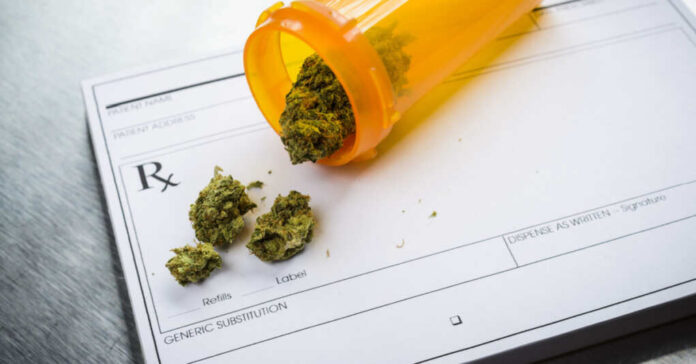
After first being approved by voters in 2020 and starting in 2021, the medical marijuana program in South Dakota has been a smashing success. Despite originally estimating 6,000 cards to be issued by 2024, the state has already distributed 11,500. As announced to the Medical Marijuana Oversight Committee in Pierre, SD, by Jennifer Seale, the reason for this has centered around cancer, chronic pain, seizures, multiple sclerosis, and severe muscle spasms.
Of the $1.37 million in revenue during FY 23, most of it was coming from new cards. As Seale explained, this will level off in time once the market is saturated.
Rep. Fred Deutsch (R-Florence) took great issue with the popup clinics that generated much of that funding. After going through one himself, he noticed a lack of doctor-patient confidentiality and poor relationship-building with patients. Given the 10-minute time from start to end with no real exam, he felt that this needed to change. He filed bills trying to have them shut down, but those bills ultimately have failed thus far.
What Deutsch is failing to consider is just how necessary these popups are.
As Seale pointed out, there is a point of market saturation that makes issuing more cards difficult, if not impossible. This means traveling popup clinics from bigger cities can best serve small communities, as they lack the numbers to support a full-time clinic for the recommendation. One of his other issues was the cost. While the card costs $75, popups can charge more for the appointment; he paid $170.
Sen. Erin Tobin (R-Winner) is trying to change that by removing the profit from such operations as he chairs the committee for Deutsch. “You really just have good medicine after that if they’re doing it because they believe in patients and trying to make them healthy. and not necessarily because of a huge check at the end of the day when they fly home.”
That “huge check,” as he calls it, is often lost over the costs of doing business. Transportation costs, staffing, getting a place to host the popup, and advertising are not cheap in the least. It adds up to be an expensive day, and that’s before they even pay themselves.
Both Tobin and Deutsch do not see this for what it is; doctors bringing the resources of the “big city” to the small-town residents. While they and their committee are also wasting taxpayer money worrying about parolees being able to use cannabis while on parole, the state has better ways to use the money.
An undeniable truth is that so far, the black market still exists. Just like it does for alcohol, clothes, tobacco, razor blades, and even food. It’s an immutable truth for our lives at this point, and having this many people signing up for their cards is a sign that the people of South Dakota don’t want to live in the shadows.
Instead, they want to be open with themselves and admit cannabis can help them medically. They got the card and paid the dispensaries for their cannabis. Some will grow their own as well, but given the small limits, it can be difficult to keep a steady stream fresh and available. At every step of the way, though, the state is making its money. Taxes on the car to get to the appointments, the fee for the card, and its renewals. The visits to the dispensary, and if they grow their own the store for nutrients. Supplies like papers, glass pipes, or vapes are all taxable too.
This is a cash cow for the state. Instead of trying to challenge it in ways that shut it down or challenge its ability to exist, these lawmakers need to be advocating for its proper growth and not having to race to the bottom. Pushing for people to get educated and to become informed consumers as well as informed workers in the industry should be a no-brainer. Yet they seemingly overlook the benefits of this program.
At this point, this is but a drop in the bucket. With neighboring states legalizing recreational marijuana, it is becoming cheaper as the quality continues to rise. If they want to see something beyond expectations come from this, they need to act now to capitalize on the boom.











